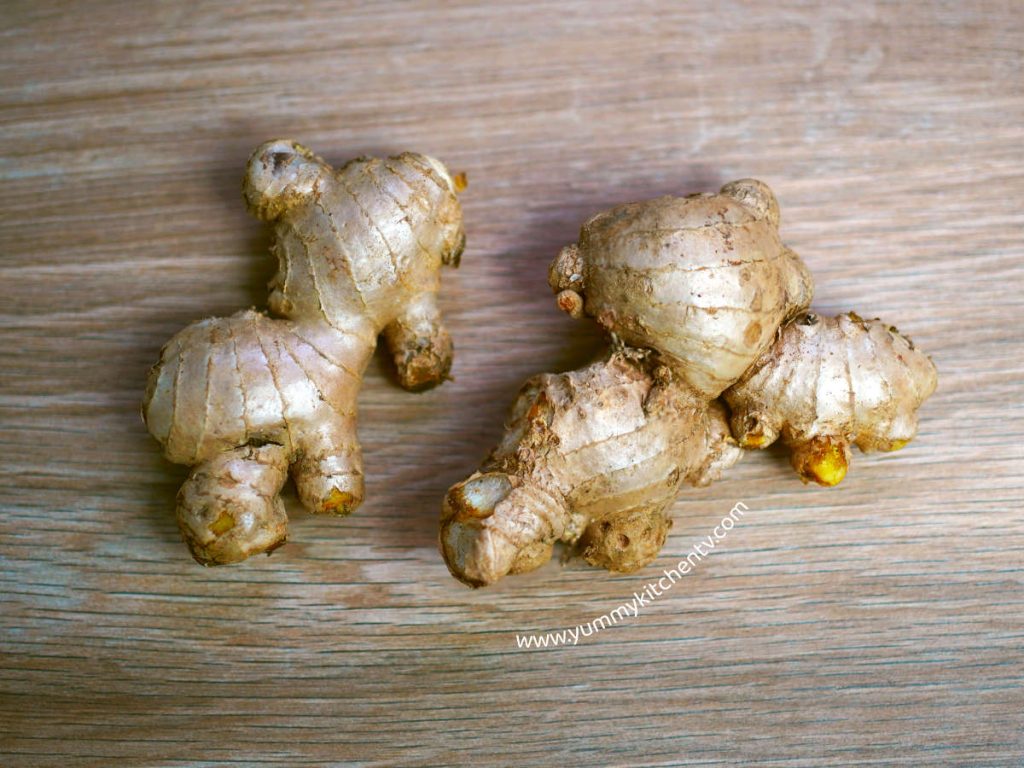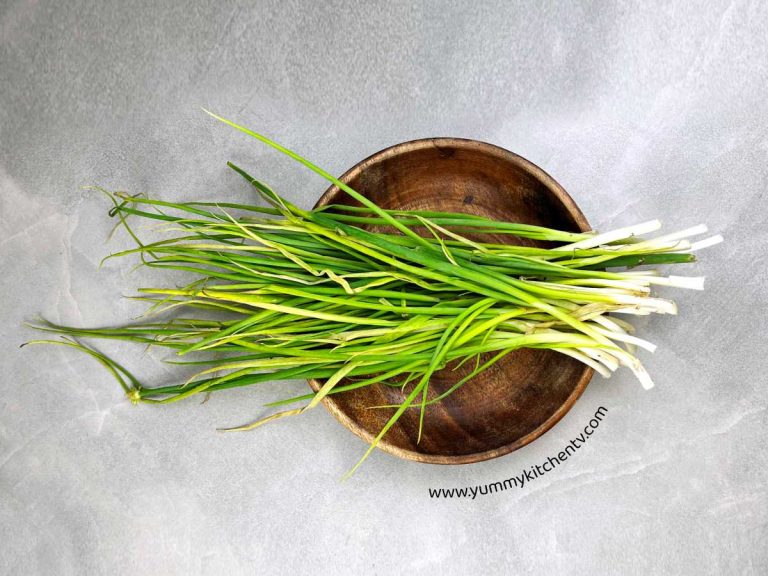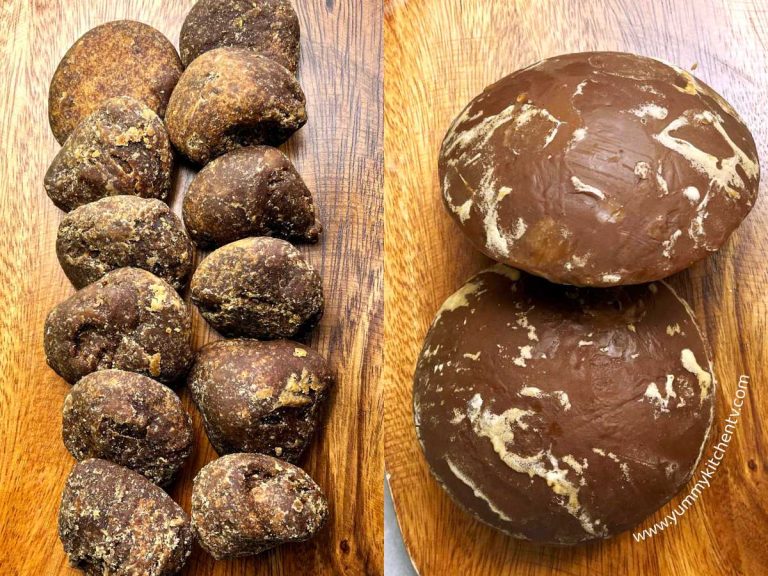Why use Ginger ?
Why use Ginger ? The Ginger (Zingber officinale) is a flowering plant native to Asia, where the whole ginger or ginger roots are used as a spice and folk medicine. This knobby, tender, aromatic herbaceous perennial plant, is a popular home remedy used to cure stomach pain, sore throat, and nausea. These are also, used in cooking, adding some zest and a subtle spice into savory and sweet dishes.
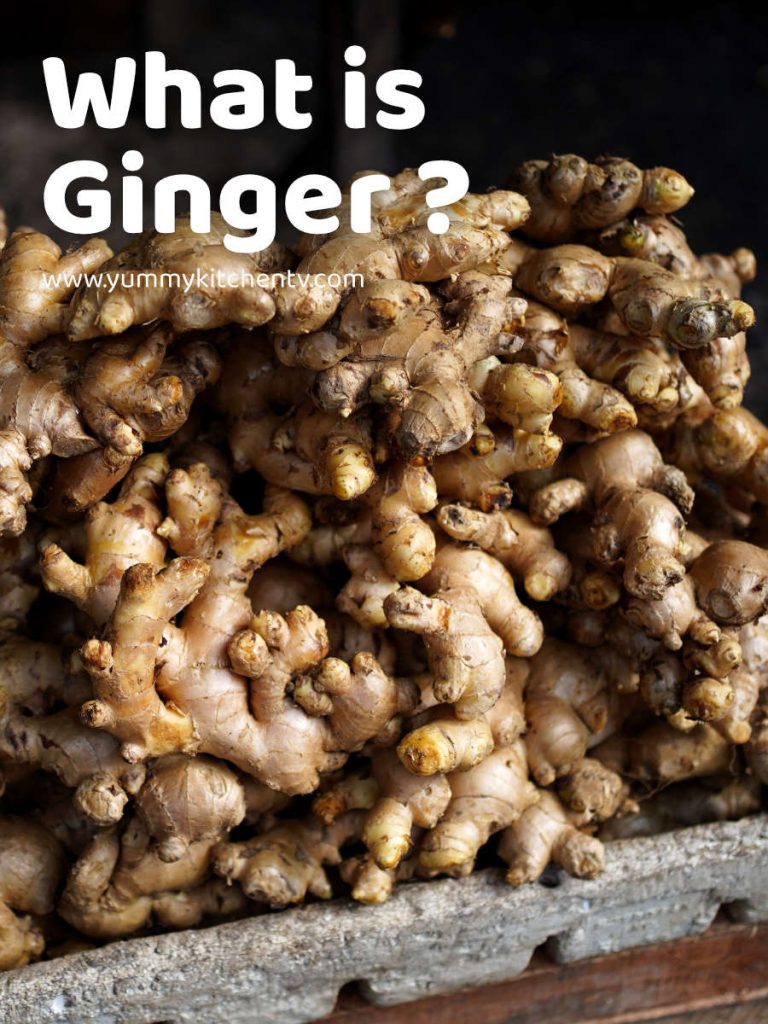
A short Introduction
The ginger plant is a root vegetable native to the tropical and subtropical forests of Southeast Asia. Being one of the most popular and used spices, home cooks and chefs alike would classify this flavorful root as a kitchen staple. This herbaceous perennial plant has ‘false stems’ or annual pseudostems that grows about one meter tall with narrow blade shaped leaves, they also bear pale yellow petals or flowers with purple edges. These are close relatives to galangal and cardamom. Described to have a spicy, warm flavor that adds a fresh zing to the dish.
The word ‘ginger’ came from the mid 14th century word ‘gingifer’ in Old English, coming from the Medieval Latin ‘gingiber’, from the the Green ‘zingiberis’ or the Prakrit ‘singabera’, these also comes from the Sanskrit term ‘srnga-veram’ meaning ‘horn – body’, describing the shape of its root. Originating from Maritime Southeast Asia, but likely domesticated by Austronesian traders, reaching from the Indo-Pacific to Hawaii. Ginger was one of the first spices exported to Asia during the spice trade. This vegetable has roots that grow as far back as Ancient Rome and Greece where they were used, and is still being used as a dietary supplement and traditional medicine. Ginger, bitter ginger, turmeric, and white turmeric were cultivated and exploited during ancient times, the body were used as flavoring, or eaten directly, while the leaves were weaved into mats, or in some religions, these were used in healing and protection rituals. Being a source of blessings in some Austronesian’s ships.
Ginger is now a common spice worldwide, from being made into a variety of items such as flavorings in the form of ginger syrup and ginger powder to add in a dish, candies, medicine, in sodas, and alcoholic beverages. Depending on the type or quality; for example the Young Ginger is juicy and fleshy with a mild taste, these are best used to be pickled in sherry or vinegar, used in cooking, making homemade herb tea, wine, and candy. This softer version can also be substituted to powdered ginger used in many baked goods, and ‘crystalized ginger’ these are called ‘stem ginger’ in the UK, which is basically the ginger root cooked in sugar till it softens. While Mature Ginger are more fibrous and hard, near dry in texture, these are used more as seasonings, you can find both of these very much used in Chinese, Indian, Japanese, Korean, Philippines, and Vietnamese cooking.
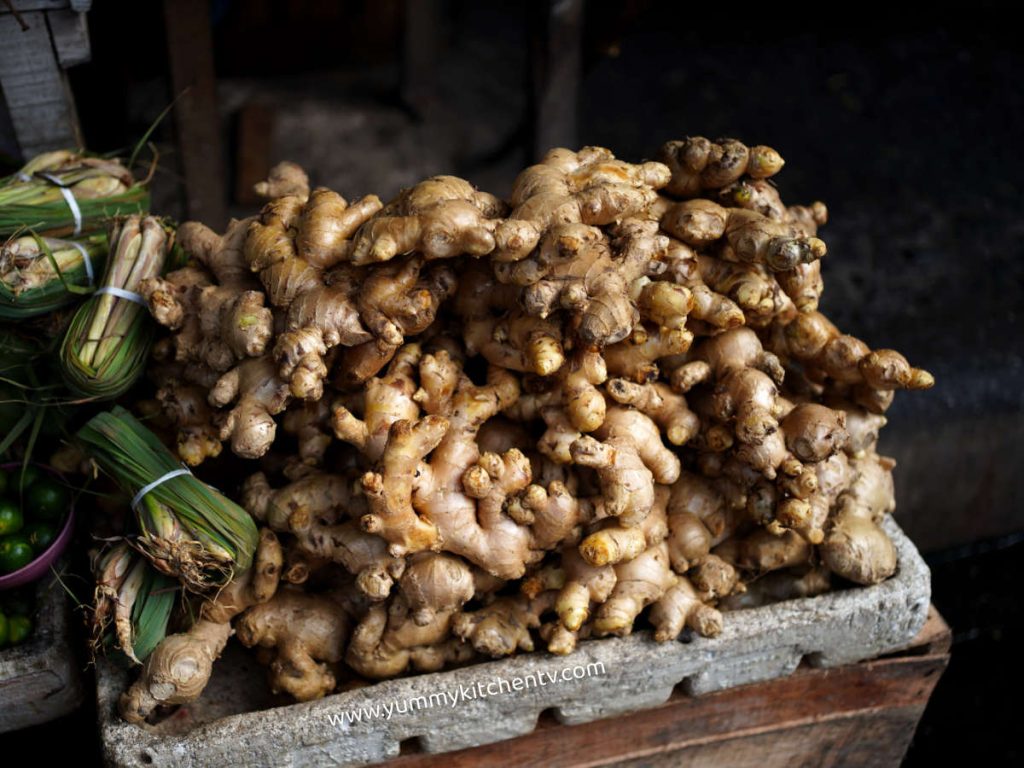
Ginger health benefits
There are many uses of ginger, one being added in a number of dishes like salads, stir-fry, curries, soups, and steamed dishes. Even for beverages like ginger tea, additives to smoothies, and juices. They are known to be one of the healthiest herbs on the planet. Containing gingerol where ginger gets its medical properties from. These are used as a medicinal aid, keeping the body warm inside out, for times when you feel under the weather or when you need to warm up the body. These also have other medicinal such as:
- Improves digestion and reduces gas. Helps relieve constipation and digestion in the small intestine.
- Supports the immune system, a well known spice to naturally cure the common flu or cold. While some may state that this is only anecdotal, some research results show that fresh ginger consumed daily, does help the respiratory system.
- Has anti-inflammatory and analgesic effects, which may help in relieving pain, especially for those with dysmenorrhea.
- Relieve nausea or morning sickness. Studies show that this herb, consumed in few doses was great in preventing vomiting and nausea for cancer patients.
- Prevents cardiovascular disease like coronary heart disease, fatty liver disease, diabetes, high blood pressure, cerebrovascular disease, and hyperlipidemia among many others.
- Lowers the risk of cancer, while it does not have nutrients or protein, it is a rich source of antioxidants which reduces oxidative stress, that promotes healthy aging.
* How much Ginger should I take daily? A relatively safe spice to consume, some experts do recommend that it should be limited to 3 or 4 grams of the raw spice (not including drinking the broth where it’s been simmered with), and for pregnant women, just 1 gram of the raw spice.
* Side effects of ginger; while it has been tried and tested by many, and it is rare to have any risks involved with this spice. Though very high doses may cause irritation in the mouth, mild heartburn, and diarrhea.
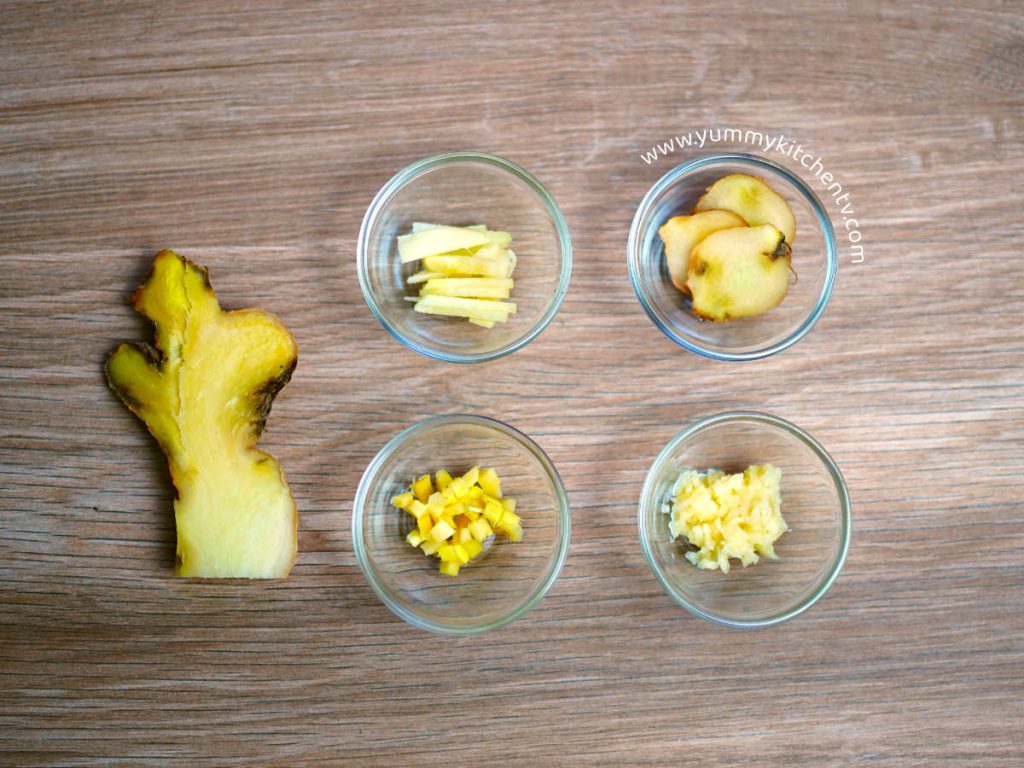
Ginger in Filipino dishes
Ginger or ‘Luya’ in Tagalog is an easy to cultivate crop that can adapt to almost all ecological conditions. Thriving in all parts of the Philippines, this annual crop is one of the most profitable agriculture ventures used in many traditional foods, even using the ginger roots as ‘salabat’ a tea remedy for sore throat, cough, and colds, usually drunk in the rainy season.
How to eat ginger? You can enjoy them in these recipes:
- Tinola, a warm, hearty, comforting bowl or soup to warm you up in the colder months. This quick mix of chicken, seasonings, with garlic, ginger, and other spices, adding a bit of fiber with leafy greens and papaya.
- Arroz Caldo, translates to ‘warm rice’ a Filipino style congee that can be enjoyed any time of the day, from breakfast to a quick dinner. Just simmer in some rice with aromatics, spices and broth and you’re in for a homey filling surprise.
- Kinilaw na Dilis, a refreshing and colorful raw fish salad. A delicacy that can come across as an appetizer or as a side dish to pair with alcoholic drinks.
- Teriyaki Tofu Balls, for the vegetarians that want a quick Asian dish to satisfy the sweet and savory taste. This might even change your mind with vegan food.
- Stir Fry Vegetables with tofu, a quick and easy fix for days when you don’t have enough time, but need some nutrients in your diet. A medley of vibrant vegetables with bursting amounts of vitamins and minerals.
Whether fresh, liquified or in powdered form, used as herbal medicine, flavoring added into drinks, made into candy, desserts and savory dishes. This spice is a fantastic way to add a freshness into your recipe.
